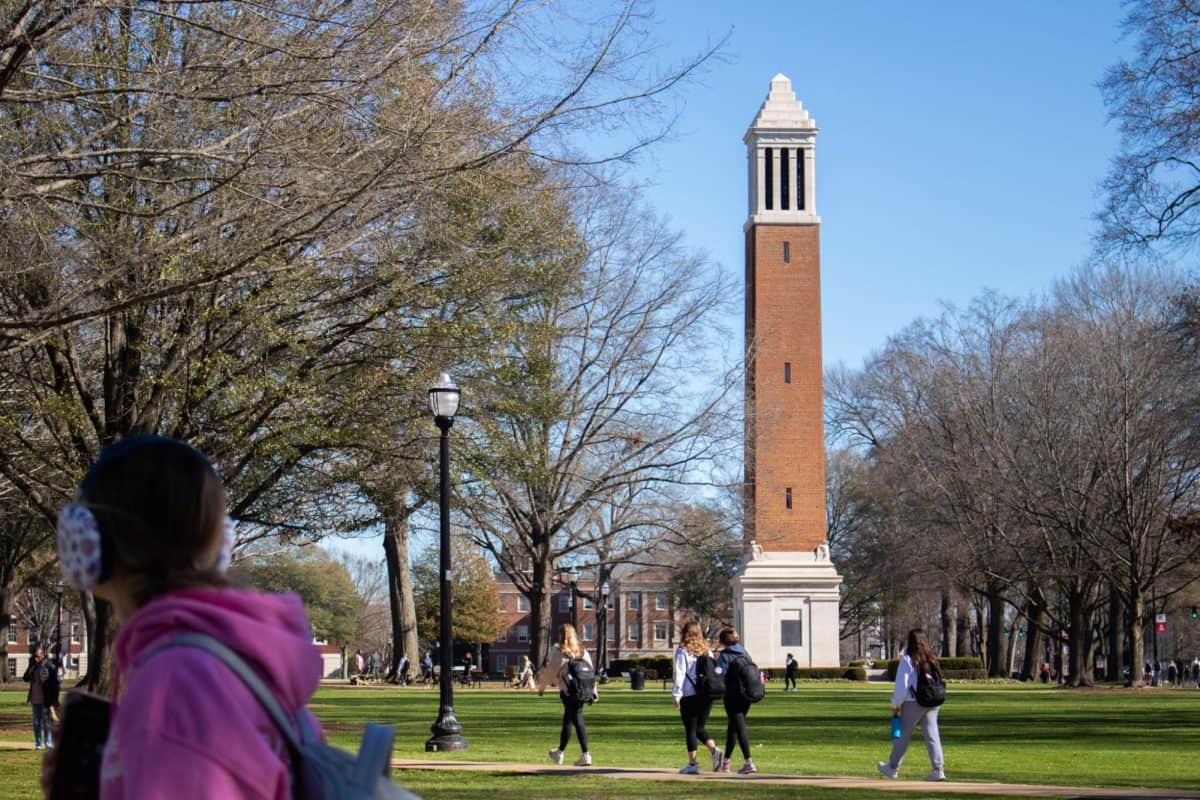The Alabama State Legislature, whose capacity to act rationally is rarely underestimated, has produced some especially concerning proposals in its attempt to absorb the loss of federal stimulus funds in next year’s budget. Perhaps the most dubious such proposal is one by State Senator Dick Brewbaker, R-Montgomery, which would shorten the school year to 175 days.
The Alabama school year was 175 days until 2006, when Governor Riley and the then-Democratic legislature extended it to 180 days. Brewbaker suggests returning to the previous calendar for two years, at which point the economy, and tax revenues, will hopefully have rebounded.
In the meantime, though, he would establish what would certainly be a terrible precedent – basing the school calendar on the state of the economy.
Obviously, when state revenues decline, state spending must also be cut. The Alabama Constitution wisely requires that the state balance its annual budget.
The challenge to policymakers is identifying smart cuts that will make the state more efficient, without forcing structural changes that will cost the state more money over the long run.
Reducing the number of days children spend in school is not a smart cut. Our school calendar, based on the farm economy of the 19th century, is already inadequate for today’s integrated, knowledge-based economy. Children rush out of the school doors at the end of every May, only to spend the first quarter of the next year re-learning everything they forgot over the summer.
Students in other countries, who frequently outperform the U.S. on international education assessments, spend significantly more days, and more hours per day, in school than ours do. The Japanese school year is 240 days; the German and South Korean school years are 220.
Policymakers would be more constructive spending their time devising ways to make us more competitive against these foreign peers, rather than altering education policies to absorb a loss of revenue.
We already know that the summer months are a great force of inequality. Research has shown that student performance on standardized tests declines an average of one month, in relation to grade level, over the summer. For lower income students, the effect of summer vacation can be three times that.
Children from higher income families spend their summer at camp, in leadership programs, attending artistic events or museums with their families, or reading. Children from lower income families, meanwhile, do not have those opportunities.
In fact, childcare is already a burden on lower-income workers. Inadequate supervision during the summer results in higher rates of youth crime and more first-time incidents of underage drinking. According to the Aspen Education Group, there is a 40 percent increase in first-time youth marijuana use in June and July over the rest of the year.
Five days at the end of the school year is unlikely to have a significant impact on these trends. In fact, some experts think the school year would have to be extended as much as 35 days to have a measurable impact on student achievement, the cost of which may prohibit other investments like lower class sizes.
However, a shorter school year would certainly not help. For many students, more days out of school is simply more days on the streets. As schools are spending an increasing amount of days administering standardized tests and sponsoring extracurricular activities, every individual school day is even more essential to providing students with the time necessary to learn and grow in their academic environment. (In Alabama, schools spend as much as two weeks administering both the Stanford Achievement Test and the Alabama Reading and Mathematics Test, and high schools are interrupted regularly to accommodate graduation exam testing.)
Brewbaker’s bill would save the state a total of $2 million, a paltry sum in comparison to the rest of the budget. The long-term cost of failing to address the inadequacies of the current school calendar, or of enhancing those flaws, would surely be much greater.
Hopefully the legislature will reject this foolish attempt to save money and find other ways to balance the budget. If they don’t, they could set a dangerous example by granting children school time based on the state’s volatile financial circumstances.
Tray Smith is the opinions editor of The Crimson White. His column runs on Mondays.






